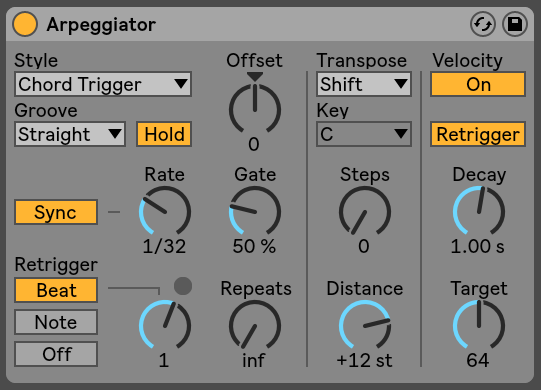The GUI (graphical user interface) is an important part of the user’s experience with a piece of software. The GUI represents the visual elements of the program and good GUI design is key to ease of use. While ease of use and clear access to features are paramount in GUI design the visual aesthetics are also important. The aesthetics of the GUI allow the developer to create the visual identity and branding of the plugin. Visual identity can be used to reflect the features of the plugin.
A common design element used in audio plugins is skeuomorphism. Skeuomorphism describes interface objects that mimic a real-life object, for example, a knob or fader. This gives the user an instant understanding of how to use this feature as they are familiar with the real-world equivalent. Skeuomorphism can range from being highly accurate to a real-world object or piece of musical equipment, such as Universal Audio’s 1176 compressor plugin which is a faithful recreation of the classic studio rack compressor (fig. 1), to more abstract and simplified versions of knobs and sliders such as those used in Ableton’s interface (fig. 2).
Further Market research and development of our Kontakt library will inform the route we will take in designing our GUI and I will elaborate further on our process in future posts.



